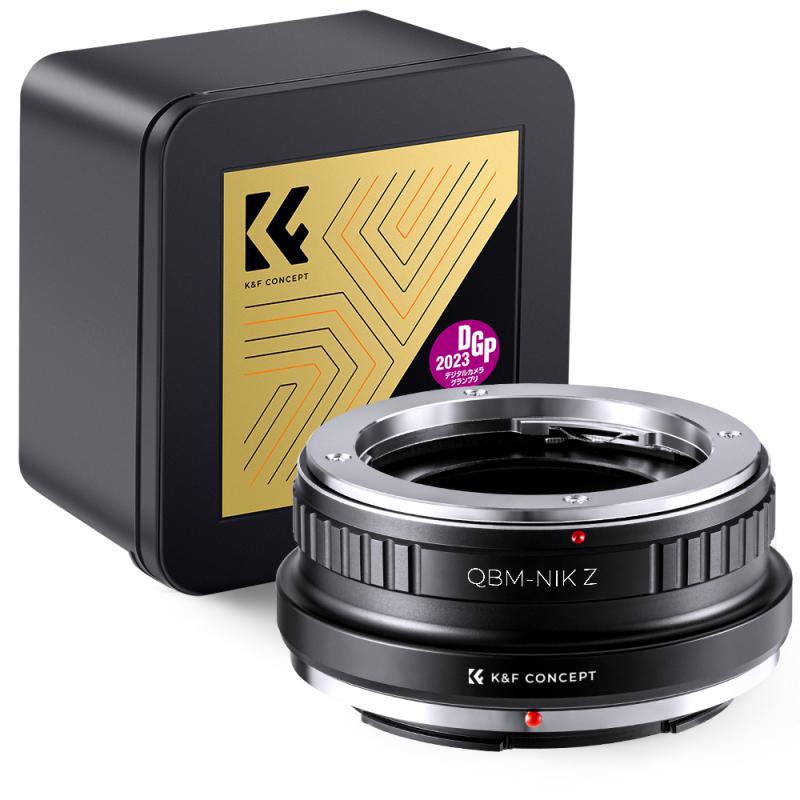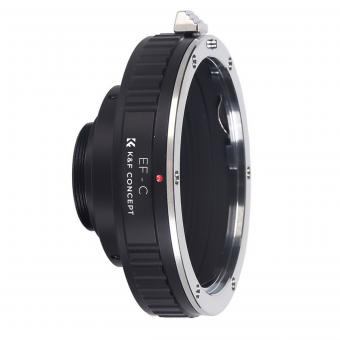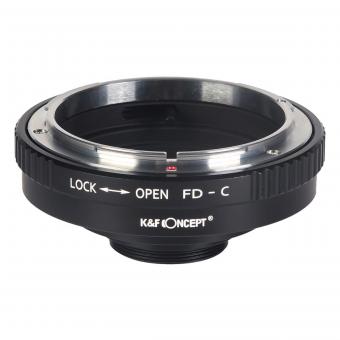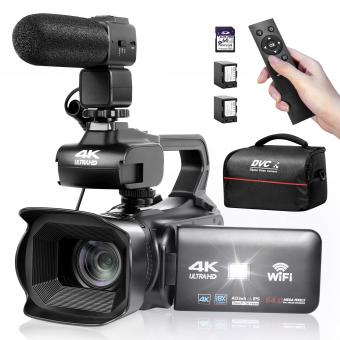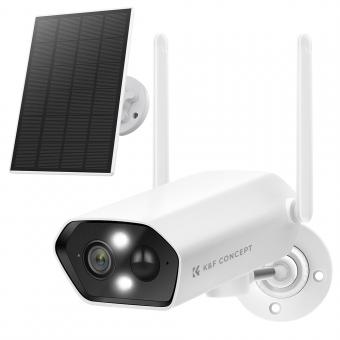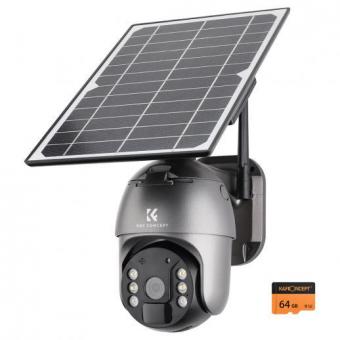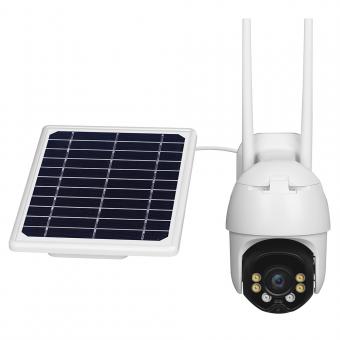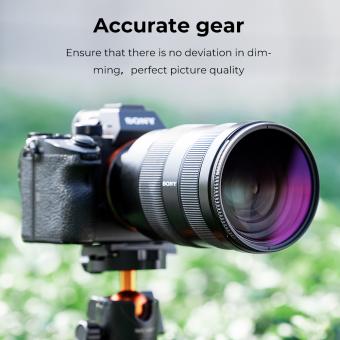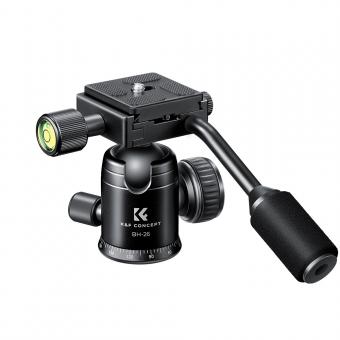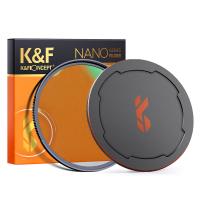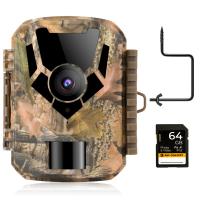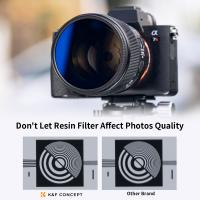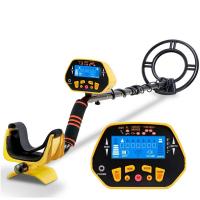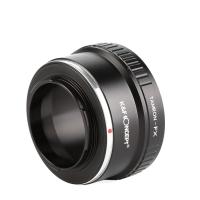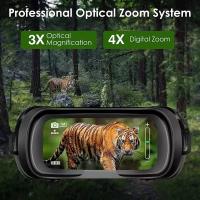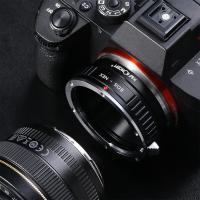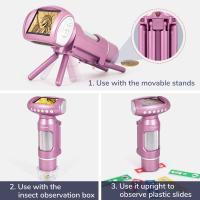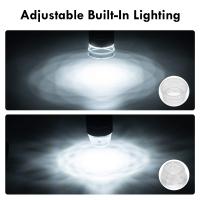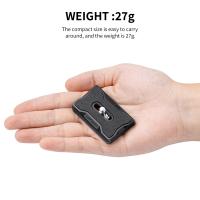How To Use Camcorder As Security Camera ?
To use a camcorder as a security camera, you will need to follow these steps:
1. Choose a suitable camcorder: Look for a camcorder with features like motion detection, night vision, and continuous recording capabilities.
2. Position the camcorder: Find a strategic location to place the camcorder, ensuring it covers the desired area for surveillance. Mount it securely or use a tripod for stability.
3. Power source: Connect the camcorder to a power source, either through an AC adapter or by using rechargeable batteries.
4. Set up recording mode: Configure the camcorder to the desired recording mode, such as continuous recording or motion-activated recording. Adjust settings like resolution and frame rate as needed.
5. Storage: Ensure you have sufficient storage capacity, either by using the camcorder's internal memory or by inserting a memory card.
6. Connect to a monitor or computer: If you want to monitor the footage in real-time, connect the camcorder to a monitor or computer using the appropriate cables.
7. Test and adjust: Before leaving the camcorder unattended, test the setup to ensure it is capturing the desired footage. Adjust the positioning or settings if necessary.
Remember to check the camcorder regularly to download and back up the recorded footage, as well as to ensure it continues to function properly.
1、 Setting up the camcorder for surveillance purposes
Setting up a camcorder for surveillance purposes can be an effective and cost-efficient way to enhance your home or office security. With advancements in technology, camcorders have become more versatile and can be easily repurposed as security cameras. Here's a step-by-step guide on how to use a camcorder as a security camera:
1. Choose the right camcorder: Look for a camcorder with features suitable for surveillance purposes. Opt for one with high-resolution video recording, night vision capabilities, and motion detection.
2. Mounting the camcorder: Decide on the location where you want to monitor and mount the camcorder securely. Ensure it has a wide field of view to cover the desired area effectively.
3. Power source: Connect the camcorder to a reliable power source. You can use an AC adapter or consider using a battery pack for uninterrupted surveillance.
4. Adjust settings: Set up the camcorder to record continuously or activate motion detection mode. Adjust the sensitivity of the motion detection feature to avoid false alarms.
5. Storage: Ensure you have sufficient storage capacity to store the recorded footage. You can use the camcorder's internal memory or connect an external storage device.
6. Remote monitoring: Some camcorders offer remote monitoring capabilities. Connect the camcorder to your home or office network and access the live feed from your smartphone or computer.
7. Notifications: Set up notifications to receive alerts on your smartphone or email whenever motion is detected. This allows you to take immediate action if any suspicious activity occurs.
It's important to note that using a camcorder as a security camera may have limitations compared to dedicated security systems. However, with the latest advancements in camcorder technology, you can achieve reliable surveillance at a fraction of the cost.

2、 Configuring motion detection and recording settings on the camcorder
To use a camcorder as a security camera, you need to configure motion detection and recording settings on the device. Here's a step-by-step guide on how to do it:
1. Choose a suitable camcorder: Look for a camcorder that has the necessary features for security camera use, such as motion detection, continuous recording, and remote access capabilities.
2. Mount the camcorder: Position the camcorder in a strategic location where it can capture the desired area. Ensure that it has a clear view and is securely mounted.
3. Connect the camcorder: Connect the camcorder to a power source and ensure it has a stable internet connection. Some camcorders may require additional accessories, such as a network video recorder (NVR) or a computer for storage and remote access.
4. Configure motion detection: Access the camcorder's settings menu and locate the motion detection settings. Adjust the sensitivity level to your preference, ensuring that it detects significant movements while minimizing false alarms triggered by minor motions.
5. Set up recording settings: Choose the recording mode, such as continuous recording or event-triggered recording. Configure the resolution, frame rate, and storage options according to your needs. Consider using a high-capacity storage device or cloud storage for longer recording durations.
6. Enable remote access: If your camcorder supports remote access, configure the necessary settings to access the live feed and recordings from your smartphone, tablet, or computer. This allows you to monitor your property from anywhere with an internet connection.
7. Test and optimize: After configuring the settings, test the camcorder's motion detection and recording capabilities. Make adjustments as needed to ensure optimal performance.
It's important to note that using a camcorder as a security camera may have limitations compared to dedicated security camera systems. However, with the latest advancements in camcorder technology, many models offer features that make them suitable for basic security surveillance.
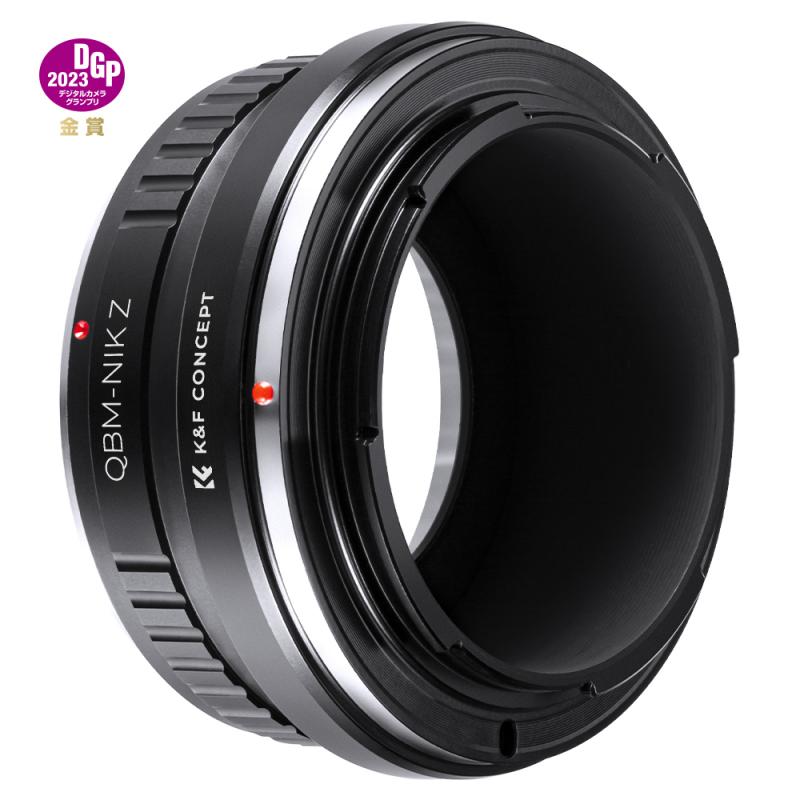
3、 Connecting the camcorder to a monitor or TV for live viewing
To use a camcorder as a security camera, you can follow these steps:
1. Choose a suitable camcorder: Look for a camcorder that has features like motion detection, night vision, and the ability to record continuously. These features are essential for a security camera.
2. Position the camcorder: Decide on the area you want to monitor and position the camcorder accordingly. Make sure it has a clear view of the area and is securely mounted.
3. Power the camcorder: Connect the camcorder to a power source using the provided power adapter or battery. Ensure that the camcorder remains powered on at all times.
4. Set up recording: Configure the camcorder to record either continuously or only when motion is detected. Adjust the settings according to your preferences.
5. Connect to a monitor or TV: Use the camcorder's video output port (usually HDMI or AV) to connect it to a monitor or TV. This will allow you to view the live feed from the camcorder.
6. Monitor remotely: If your camcorder supports remote monitoring, you can connect it to your home network and access the live feed from a computer or smartphone. This way, you can keep an eye on your property even when you're away.
It's important to note that using a camcorder as a security camera may not provide the same level of functionality and reliability as a dedicated security camera system. However, it can be a cost-effective solution for basic surveillance needs.
In recent years, there has been a rise in the popularity of smart home security systems that offer advanced features like cloud storage, mobile alerts, and integration with other smart devices. These systems provide a more comprehensive and convenient security solution compared to using a camcorder as a security camera.
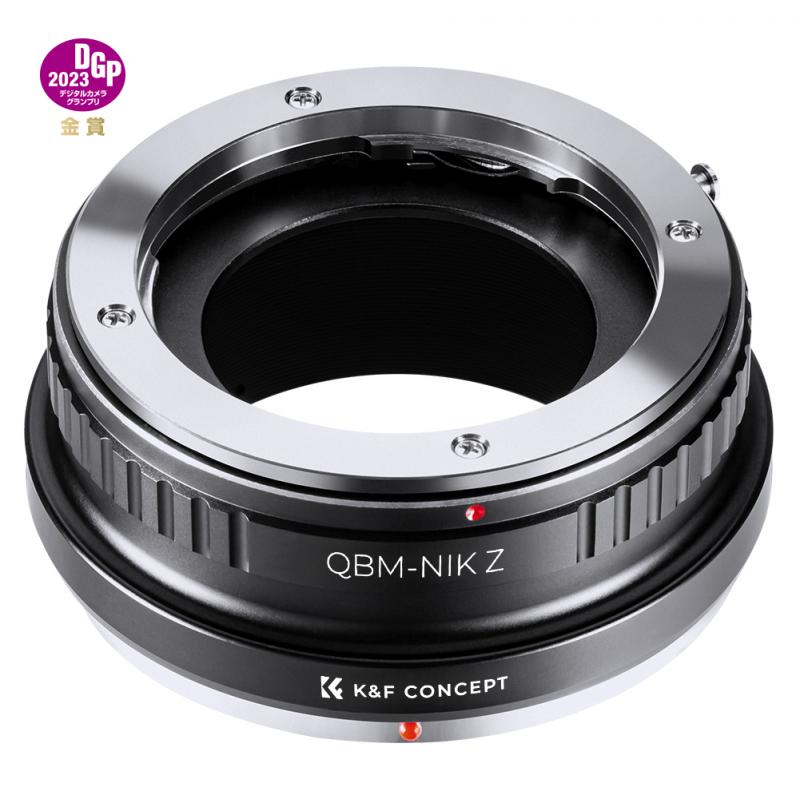
4、 Remote access and monitoring of the camcorder's feed
To use a camcorder as a security camera, you can follow these steps:
1. Choose a suitable camcorder: Look for a camcorder that has features like night vision, motion detection, and the ability to record continuously. These features are essential for a security camera.
2. Set up the camcorder: Mount the camcorder in a strategic location where it can capture the desired area. Ensure that it has a power source and a stable internet connection if you plan to access it remotely.
3. Install monitoring software: Download and install monitoring software on a computer or mobile device. There are various options available, both free and paid, that allow you to access and monitor the camcorder's feed remotely.
4. Connect the camcorder to the monitoring software: Follow the instructions provided by the monitoring software to connect the camcorder to the software. This usually involves entering the camcorder's IP address or scanning a QR code.
5. Configure settings: Customize the settings according to your preferences. This may include adjusting motion detection sensitivity, setting up alerts for specific events, or scheduling recording times.
6. Access the camcorder remotely: Once the camcorder is connected to the monitoring software, you can access its feed remotely. This allows you to view the live feed, playback recorded footage, and receive notifications on your computer or mobile device.
Remote access and monitoring of the camcorder's feed provide convenience and peace of mind. You can keep an eye on your property, loved ones, or business from anywhere in the world. Additionally, some monitoring software also offers cloud storage options, allowing you to store and access recorded footage securely.
It's important to note that using a camcorder as a security camera may have limitations compared to dedicated security cameras. Camcorders may not have advanced features like facial recognition or integration with other security systems. However, they can still serve as a cost-effective solution for basic surveillance needs.
